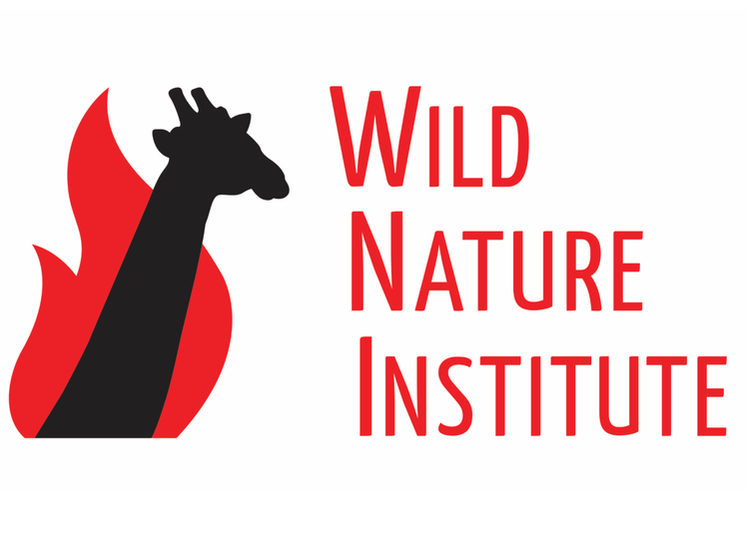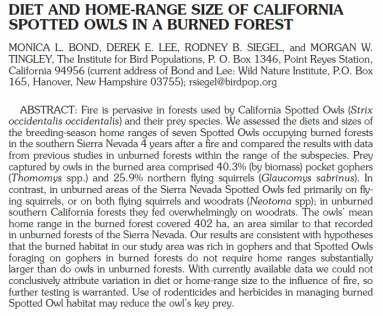 Scientists from the Wild Nature Institute, together with our colleagues at The Institute for Bird Populations, published a new scientific article in the journal Western Birds. This study provides the first published data on the diet and the size of home ranges of California Spotted Owls in a burned landscape. We concluded that burned habitat in the southern Sierra Nevada was rich in pocket gophers and that Spotted Owls foraging on gophers in burned forests did not require home ranges substantially larger than did owls in unburned forests...more evidence for the importance of protecting burned forests from damaging post-fire management activities such as salvage logging and spraying rodenticide. Click here to download the article.
0 Comments
Our May-June survey for hoofed mammals in the Tarangire-Manyara-Natron Ecosystem takes place as the long rains are ending and the dry season is beginning. Many plants in the African savanna are drought-deciduous, meaning they drop their leaves in anticipation of the dry season when water will be less available. The leaves turn colors before they fall, much like the lovely autumn foliage we see in New England and other temperate forests. Many flowers also were blooming after the long rains. So it felt a lot like autumn and spring were happening at the same time!
We just finished another successful survey for hoofed mammals in the Tarangire-Manyara-Natron Ecosystem. We recorded 18 different hoofed mammals and identified hundreds of giraffes from photographs. Enjoy some of the photos from our survey, and stay tuned for more postings. |
Science News and Updates From the Field from Wild Nature Institute.
All Photos on This Blog are Available as Frame-worthy Prints to Thank Our Generous Donors.
Email Us for Details of this Offer. Archives
July 2024
|
|
Mailing Address:
Wild Nature Institute PO Box 44 Weaverville, NC 28787 Phone: +1 415 763 0348 Email: [email protected] |
|

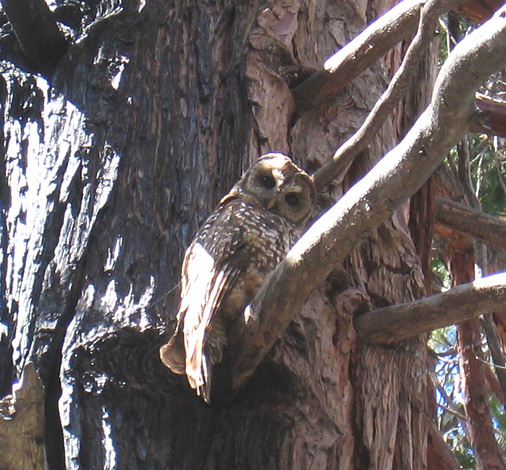
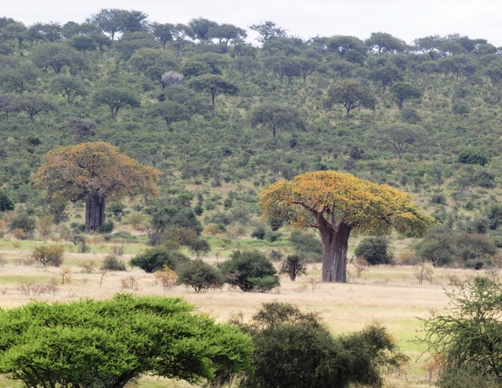
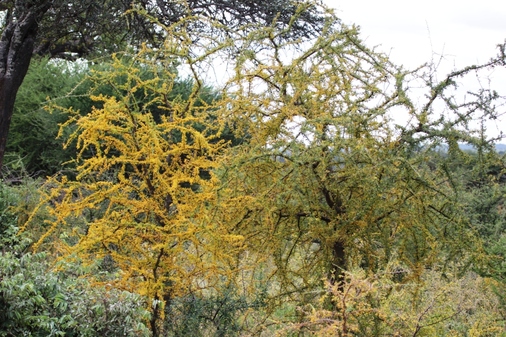
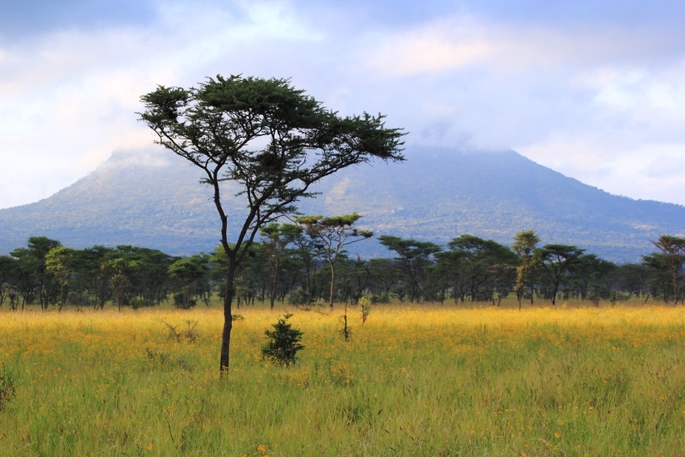
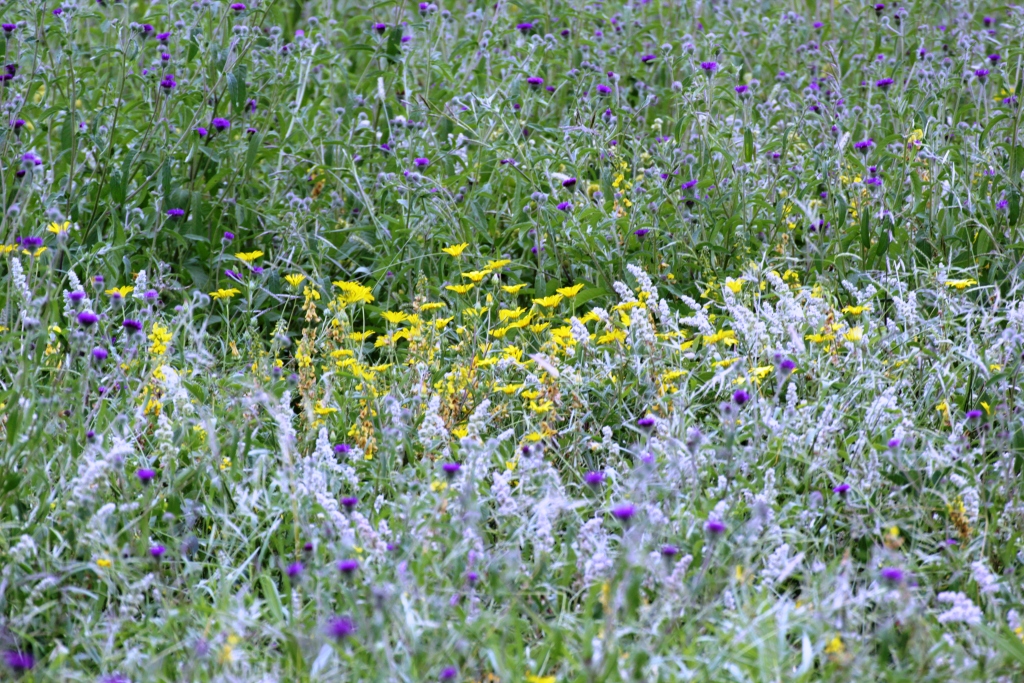
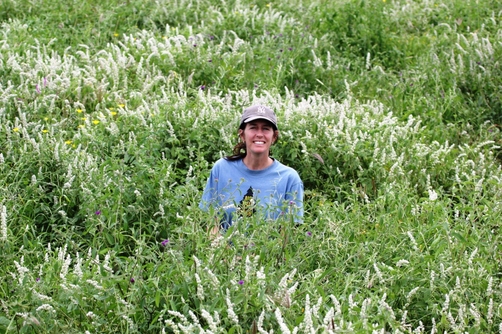
 RSS Feed
RSS Feed
